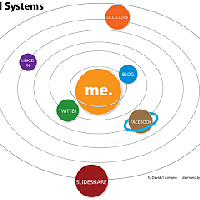Home
About Us
Page 2
The student most actively be completing coursework or be meeting other requirements that are necessary to begin a teaching career. Students must also maintain a minimum GPA of 3.25. Students are required to sign a statement of educational purpose, are not allowed to owe a refund on another a Title IV grant, and cannot currently have a Title IV loan that is defaulted.
|
|
While the program itself is overseen by the Department of Education, the institution that the student is enrolled in will act as the disbursing agent. The institution pays out the TEACH Grants based upon the enrollment status of the student.
High-need fields as determined for the purpose of the TEACH Grant are science, mathematics, foreign language, bilingual education and English language acquisition, reading specialization, special education, and any other teacher shortage area that may be identified at the time that the student begins teaching in said field. These are teacher subject shortage areas, meaning they are not geographically specific.
TEACH Grants were implemented in 2007 and introduced under the College Cost Reduction and Access Act of 2007. A total of $86,000,000 was distributed to eligible students in 2008. The maximum for a TEACH Grant is $4,000, should the student have less than full-time enrollment this number will be reduced. The TEACH Grant cannot exceed the student's cost of education. In 2008 the average TEACH Grant for students was $2,774
Education Grants for Students Interested in Teaching Careers
Back to Page 1
About The Author The author edits a site featuring Grants for Education and another Government Grants site providing info on every grant the federal government offers. Michael Saunders has an MBA from the Stanford Graduate School of Business. |
Additional Resources
category - Education Grants
Student Loans Available Directly from the Federal Government
Types of Financial Assistance From The Department of Education
Ethical Schools Project in Peru
How to Get Free Money to Save for Your Child's College Education
Follow @topgovtgrant
Social Entrepreneurship
Spotlight
Social Enterprise Version 2.0

Midsize businesses are tapping into the social business market because large companies do not need the help of start-ups to create a “social technology stack.” But a social business stack cannot generate revenue by itself.
